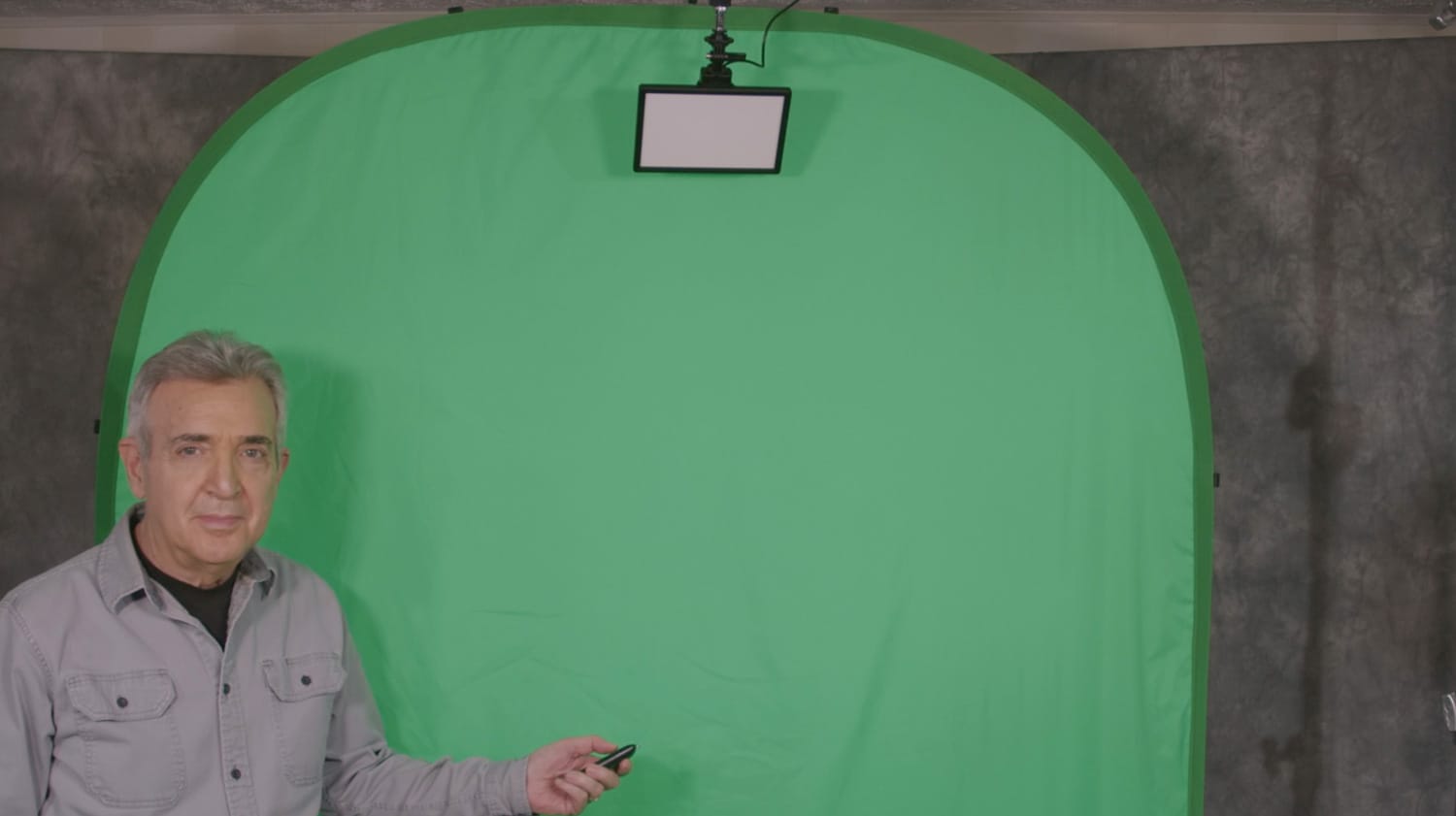There’s just something about the first day of spring that makes this feel so appropriate. How great to bring you this next evolution in green screen technique today.
If you’ve created a reliable green screen process, you’re good. There’s no need to fix what isn’t broken.
But if you’re new to green screen work or just want to add it to tighter places, or you’ve been having problems with lighting or keying, then this one’s for you.
It operates on a completely different principle than what any of us, including Hollywood filmmakers, are used to.
I tested this over and over in all kinds of configurations to see if it could stand up to all the demands I place on green screens.
It did. This is the real deal.
You can get one of these for your own now.
(I’m not an affiliate. I pay for my own coffee. :))
I just think more people need to know about this.
However, the company is happy to offer you a discount.
Just go here and apply code: VISIBLEA5.

12 replies to "The Next Evolution of Green Screen"
This is a great improvement on green screen shooting. I have a small place to do my work as far as video work and this is something I need.
That was exactly the intent I think. The “arms race” idea was a bit of a revelation.
Hope it works out for you!
I feel the problem here is that people will think we don’t need light, you still have a backlight high up on your left-hand side ‘a hair light’ to give some separation and with no or little light on the face we have less definition, light helps to ‘shape’ the face. If we want people to clearly see that we are using greenscreen then flat lighting doesn’t matter so much but if we want the background to be believable, the light we use has to be driven by the background ie: if a background has light coming from windows on the left then the light on the presenter needs to be stronger from that side to avoid an unrealistic look but, perhaps that’s a whole other subject.
A bit beyond the scope of this discussion, but could be fun for a follow up. Thanks!
Steve:
Are you now using the AGS from Sub2R for all your videos and have put your soft boxes up for a “tag sale” as you said? I’m considering decluttering my studio and removing the lights I use on my 15’ by 9’ green screen, and removing that green screen as well. I also think I can reduce the number of lights on me (or at least reducing the intensity of these lights). What do you think? Thank you for this very helpful video, sir.
Jay
I have completely reconfigured my studio. It’s no longer bursting out into the hallway. My wife is over the moon happy about it. We got a substantial amount of space back. The studio is much less crowded. It doesn’t get as hot because there’s not nearly as much heat being put out by the lighting instruments. So yes, you can greatly reduce the requirement for intensity of lighting, but still keep in mind that you want more light on you than on the background, no matter where that light comes from. I’m ordering a couple of GVM 800D’s, as they put out up to 5X the intensity of the little Viltrox lights.
As for what to do with the lights I’m no longer using, well, I’m too busy to put them up for sale, but if someone wants to make an offer…:)
Disclaimer: Virtually zero green screen experience.
Could putting a light behind a conventional green screen accomplish the same thing? Say a linear light (tube) or a panel on the floor, angled up and towards the screen.
Things like this have been done, but you would have to make the light completely even across the width and height of the screen.
Obviously, this new screen is very appealing for the reasons noted. I was wondering if the results in video editing are also notably improved. (i.e. halo’s reduced, etc. that can plague professional background applications.)
I wouldn’t say “notably”. I’d already given out that information for standard green screen. But I would say it’s remarkably forgiving no matter what kind of camera you’re using. I suspect this has something to do with the lack of lighting intensity needed.
May be an advance in tech, but seems to have come with noticeable downside, in that your foreground subject (in this case: Steve) seems terribly under-lit and very flat, lacking modeling in any degree. Of course, in this age of ring-lights that highlight noses & make cheekbones all prominent & under-exposed Hollywood movies resembling bodycam footage, maybe the notion of classical three-point lighting has gone the way of doowop, phone booth privacy & reading the morning paper over a cup of coffee…
The fault in that flat look is entirely mine. I had just received the screen, had put myself on a deadline and my prime objective was to match the looks of 4 completely different kinds of video cameras. So I chose the most conservative approach.
But I don’t think 3-point lighting has gone away. In fact, I’ll be featuring it in my next green screened video. But I guess, like today’s Superman, not much we can do about phone booth privacy.